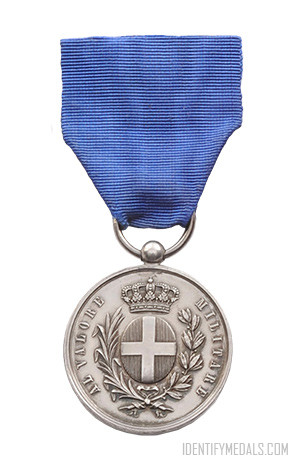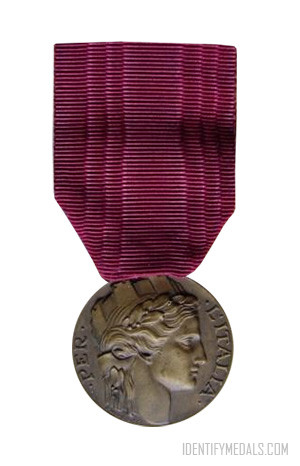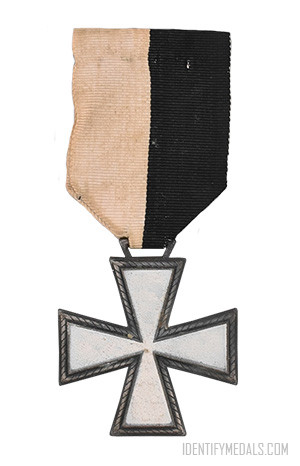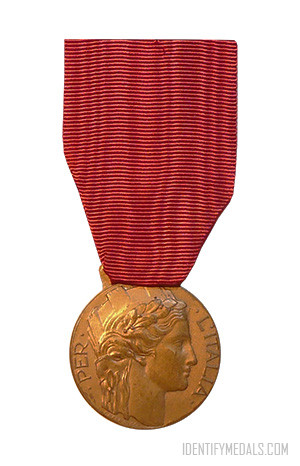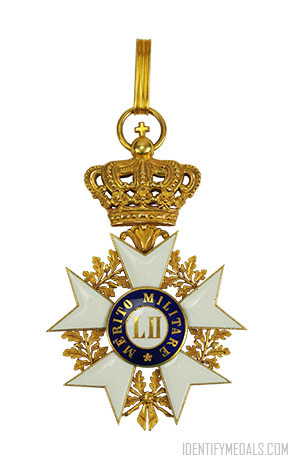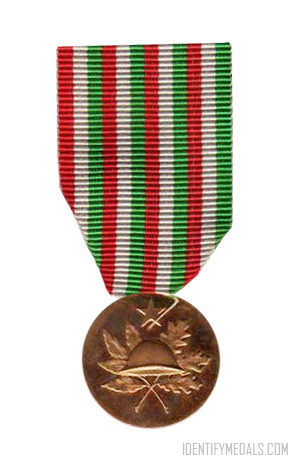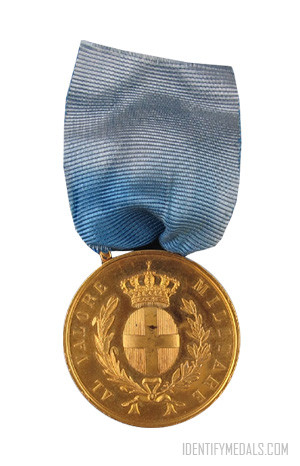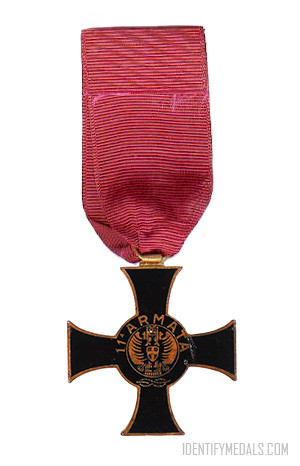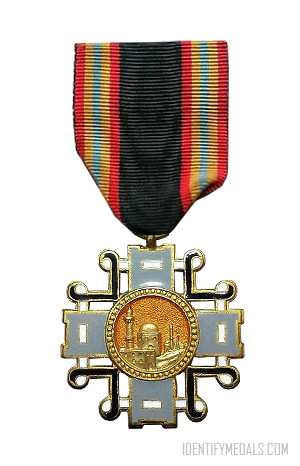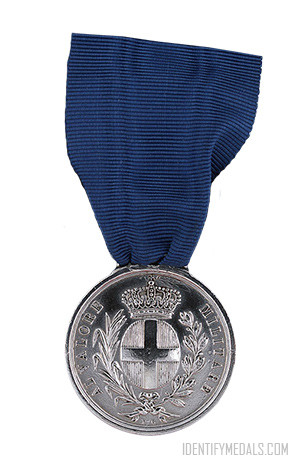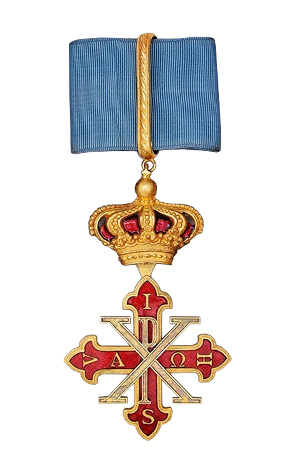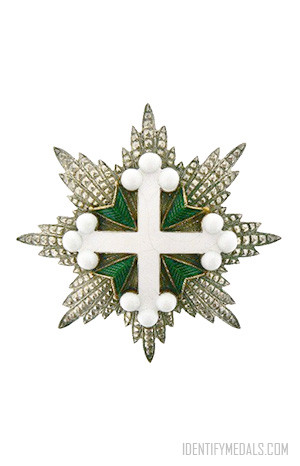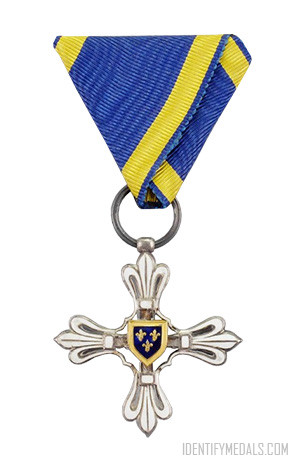The Silver Medal of Military Valor (or Medaglia d’argento al valor militare in Italian) is a medal for gallantry.
Italian medals for valor were first instituted by Victor Amadeus III of Sardinia on 21 May 1793, with a gold medal, and, below it, a silver medal. These were intended for junior officers or common soldiers who had distinguished themselves in combat.
Although these medals fell into disuse during the period of Napoleonic domination, they were reinstated on 1 April 1815, by Victor Emmanuel I of Sardinia, who replaced them with the Military Order of Savoy (l’Ordine militare di Savoia), now known as the Military Order of Italy.
In 1833, Charles Albert of Sardinia re-instituted the medals for valor (gold and silver) as awards for noble acts performed by soldiers in both war and peace. During World War I, the medal was awarded to military personnel, units above the level of company and civilians for exceptional valor in the face of the enemy. During World War I, the medal was given out some 38,614 times for individual acts of heroism (compared to 368 Gold Medals and 60,244 Bronze medals). Thus, the Italian Silver Medal for Military Valor is equivalent in frequency and prestige to the British Military Cross, which was awarded some 40,253 times during World War I.
The Silver Medal of Military Valor Design
The Italian Silver Medal of Military Valor is made of silver. The medal measures 33.5 mm in diameter. On the obverse is engraved “VICARIOTTO CLAUDIO” in the centre, surrounded by the engraved inscription “COSTONE DI QUOTA 1940 – KONITZA (FRONTE GRECO) 14 NOV. 1940 XIX” on the reverse.

